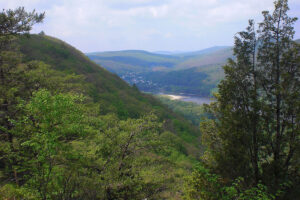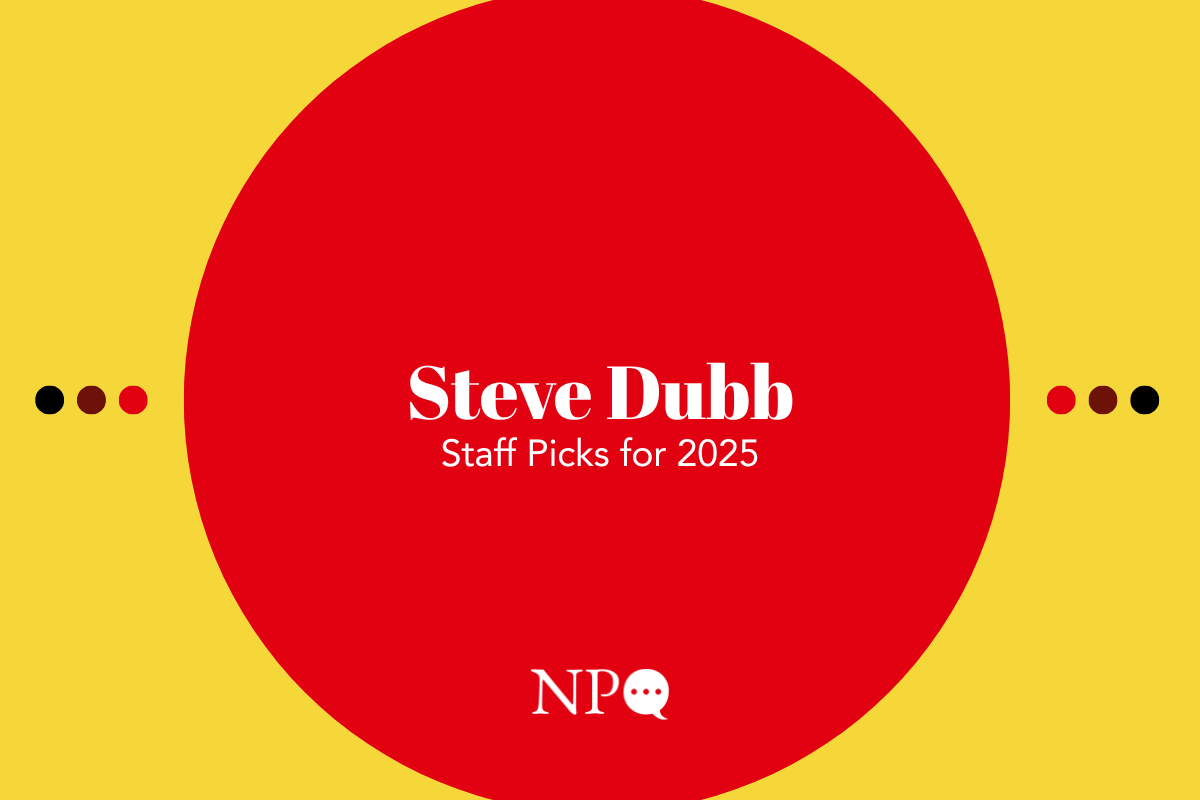
August 7, 2017; New York Times
The need for coal is shrinking around the globe; in April, Britain had its first day without any coal use, with an objective of eliminating all coal use in eight years. While China and India are reducing their use of coal, in the short term, there’s still an Asian market, on which this administration is hoping to capitalize. Toward the end of satisfying this Asian market, the Trump administration is encouraging more mining on federally owned land.
The players: cattle ranchers; coal industry officials, like Richard Reavey; nonprofit environmental organizations, like the Western Values Project; Native Americans, including the Crow and Cheyenne; and Ryan Zinke, head of the Interior Department, which controls national parks and the Bureau of Land Management’s 250 million acres. A variety of commodities come off that land, from hay and lumber to the fossil fuels. As is often the case, it is a tug-of-war between those who wish to preserve the land and those that want to use the land for economic benefit, along with those who think there can be a balance between the two. Powder River Basin, part of Wyoming and Montana, produces 50 percent of the country’s coal. The Obama administration had banned new coal leases and increased the royalties paid by current mines located on public land. The Trump administration has reversed these and is drawing up plans to reduce wilderness and historic areas, hoping to use more land for business ventures.
Cloud Peak Energy operates a strip mine in Powder River Basin. Richard Reavey, who is in charge of Cloud Peak government relations, believes that, despite the global market trends, the past administration was killing the coal industry with the closing of coal-burning power plants. In a 2015 conference, Reavey compared the attack on the coal industry by liberals to that of the tobacco industry 20 years ago. “Coal would suffer the same fate as cigarettes, he warned, unless the industry stood its ground.” He stated this despite Cloud Peak Energy’s statement that they were backing away from coal exporting.
Preventing the construction of a coal export terminal is the ongoing work of market-driven economics and environmental nonprofits, such as Sierra Club and Earth Justice. Cattle ranchers are also concerned about mining production polluting the water sources nearby that they rely on. “If we don’t have good water, we can’t do anything,” said rancher Art Hayes.
Sign up for our free newsletters
Subscribe to NPQ's newsletters to have our top stories delivered directly to your inbox.
By signing up, you agree to our privacy policy and terms of use, and to receive messages from NPQ and our partners.
Sally Jewell, former chief executive of the outdoor gear company REI, was an Interior secretary during the Obama administration. Her observation that coal mining left behind pollution and did not pay enough to use federal lands for the coal extraction led the government to temporarily ban new coal leases while an environmental study was conducted. Forty percent of the coal in the U.S. comes from federally owned land, and there was little competitive bidding. In a 22-year period up to 2012, only 10 percent of the leases received more than a single bid, cheating the nation’s taxpayers out of billions of dollars, according to a report by the Government Accountability Office. A second study, by a nonprofit think tank, estimated the loss in tens of billions.
Under federal rules adopted in 1920, coal companies are required to pay “not less than” 12.5 percent on sales of surface coal mined on federal lands. But for years, studies indicate, the companies paid far less—as little as 2.5 percent of the ultimate sale price—because they often negotiated large royalty discounts with sympathetic federal officials. Companies also often sell coal first to a corporate affiliate at a sharply reduced price, before reselling it to the intended customer, costing the government a chunk of its royalties, according to the Government Accountability Office study. The technique was particularly popular among mines with foreign buyers.
Last year, the Obama administration put a rule in place to stop the corporate affiliate loophole, and the coal industry has been trying to reverse it since then. Mr. Zinke has stopped Ms. Jewell’s environmental study (although 1,378 pages were released in January of this year), cancelled the new lease moratorium, and put the loophole back in place.
In another example of the divide between coal and environmentalists, the Crow signed an agreement with Cloud Peak Energy to mine on tribal land, in the belief the Crow would collect $10 million dollars in the deal. The Cheyenne condemned the agreement, claiming the damage to the environment cannot be reversed. They have joined with the rancher Mr. Hayes in a lawsuit against the cancelling of the new coal lease’s moratorium.—Marian Conway











